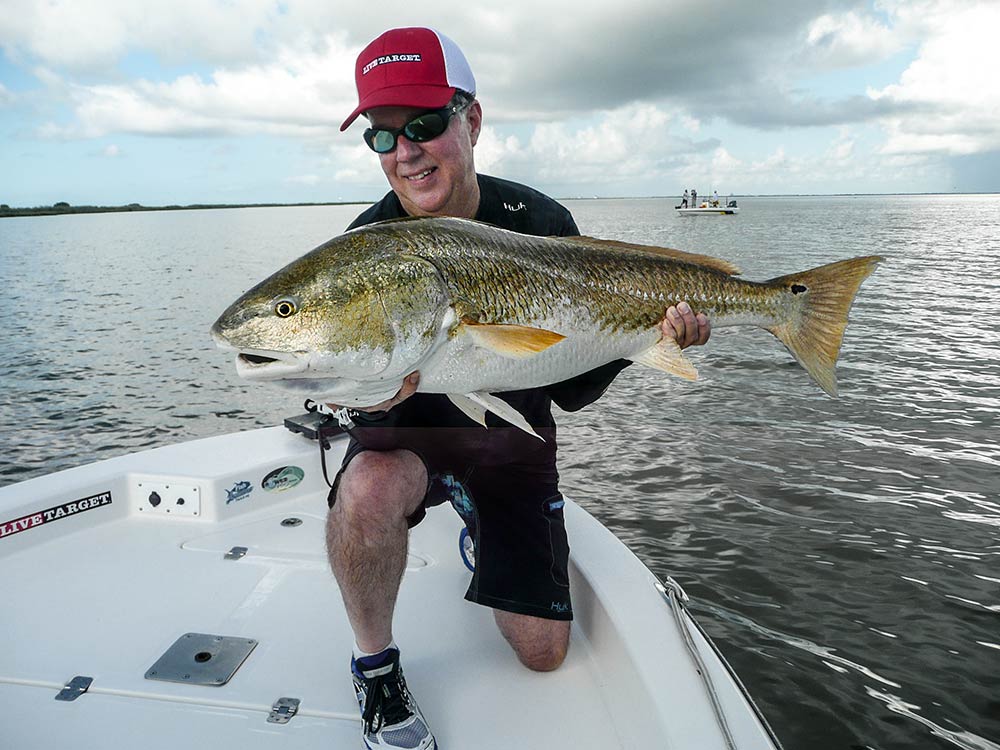
Eliminating unproductive water, predicting your quarry’s movements, and a stealthy approach and presentation are essential to skinny-water fishing. These golden rules will put you on the fast track to success.
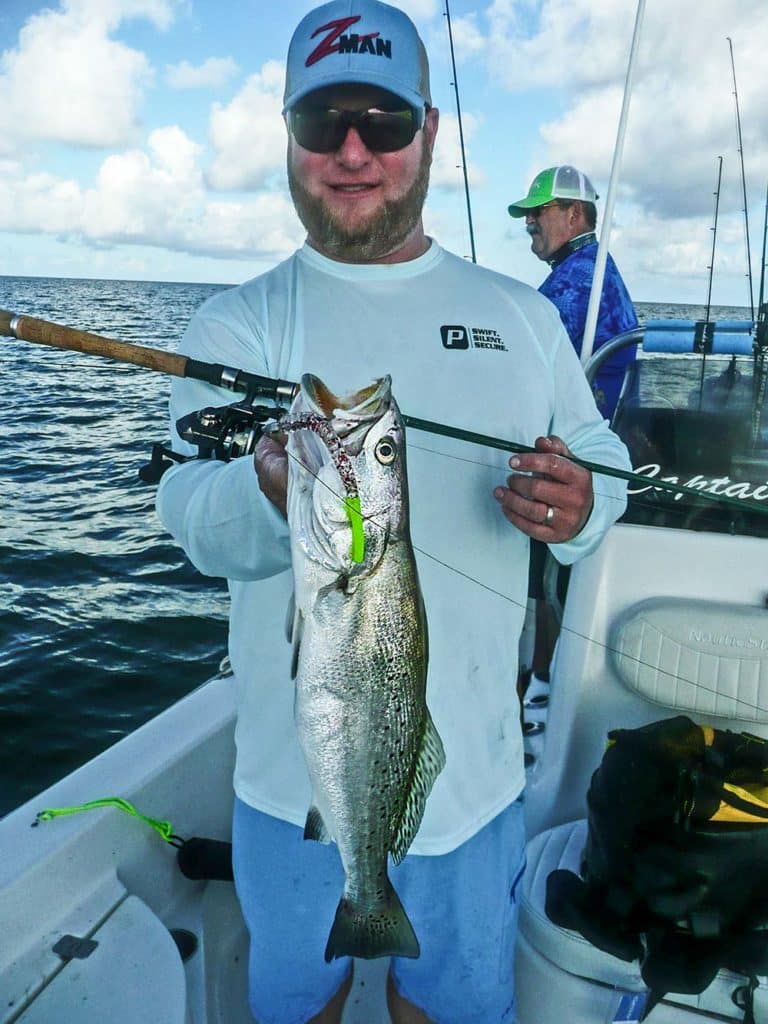
Know Your Target Species
Learn the fish’s preferred water temperature range, as well as its high and low tolerance limits. Study the seasonal movements of the species, along with its preferred habitats (including favored structures and depths) to predict where to concentrate your efforts.
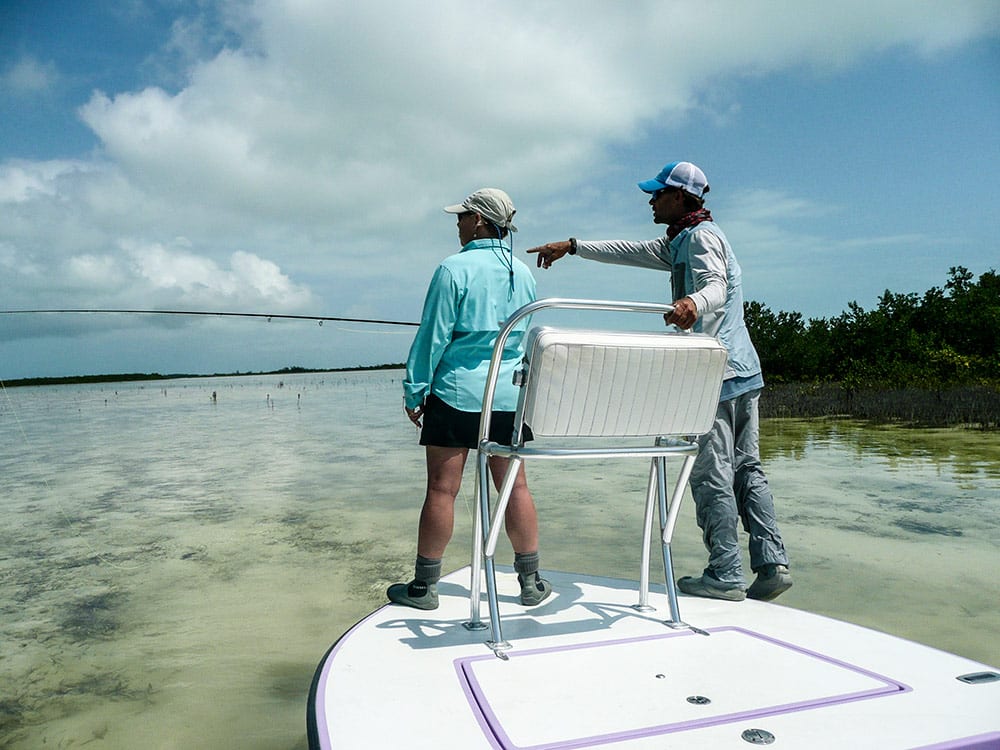
Understand The Tides
Learn to read the tides, which vary by location, geography, lunar cycle and season. Some places experience one high and one low tide each day. Other places have semidiurnal tides: two highs and two lows, each 6 hours apart. Frequently, one high is higher than the other, and one low is lower than the other. Height of the tides fluctuates with the lunar cycle and time of year. A productive high-tide area in summer may be barren during a high tide in the winter, when the water could be a foot shallower. Time on the water and a tide table or app are indispensable tools in predicting productive fishing. Study the tides where you’ll be fishing to be in the right place at the right time.
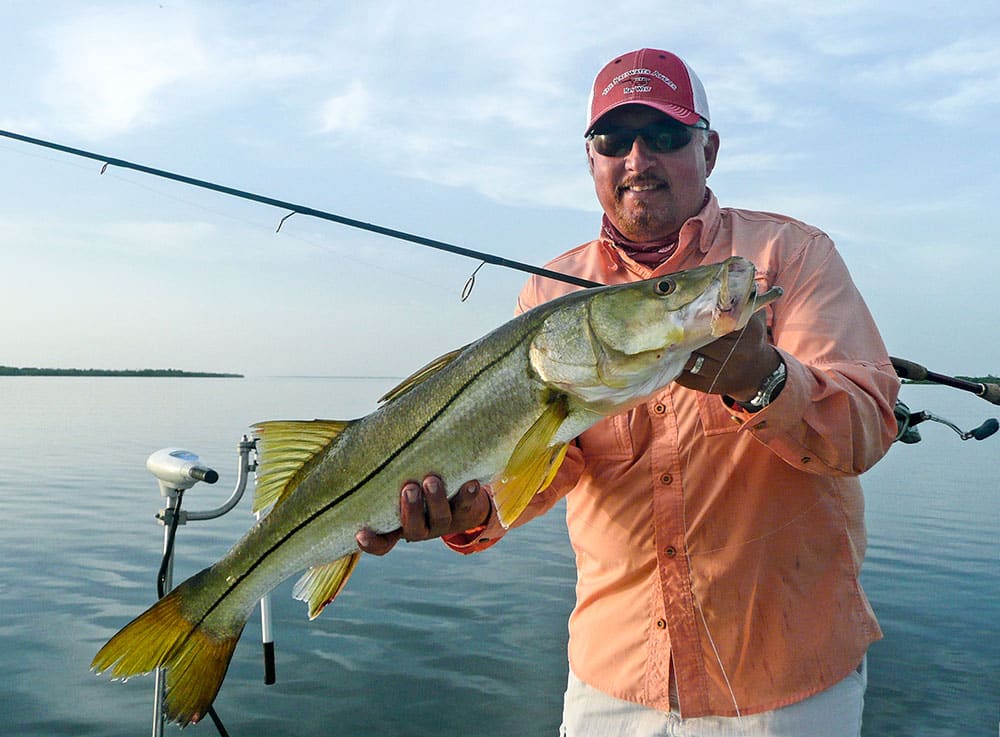
Learn The Effects Of Wind And Weather
Wind, may cool or warm the shallows, and push more water in or out of an area, diminishing or exaggerating the tidal movement. The sun and clouds affect visibility and water temperature. When temperatures dip, shallow flats and bays with a darker bottom warm up quicker, and that temperature differential (even as little as 2 degrees) may be key to attracting bait and predators. Snook avoid water cooler than 70 degrees, yet some of the largest I’ve ever caught were in less than three feet of water, in 40-degree weather. They were warming up on a mud flat.
While cloud cover reduces visibility, it creates a greenhouse effect that helps prevent severe temperature drops. Cloudy conditions as well let fish feel less conspicuous, so they often focus on foraging and are more approachable. Redfish are more likely to tail when it’s cloudy, and seatrout, snook and other inshore game drop their guard and feed more aggressively in the dimmer light.
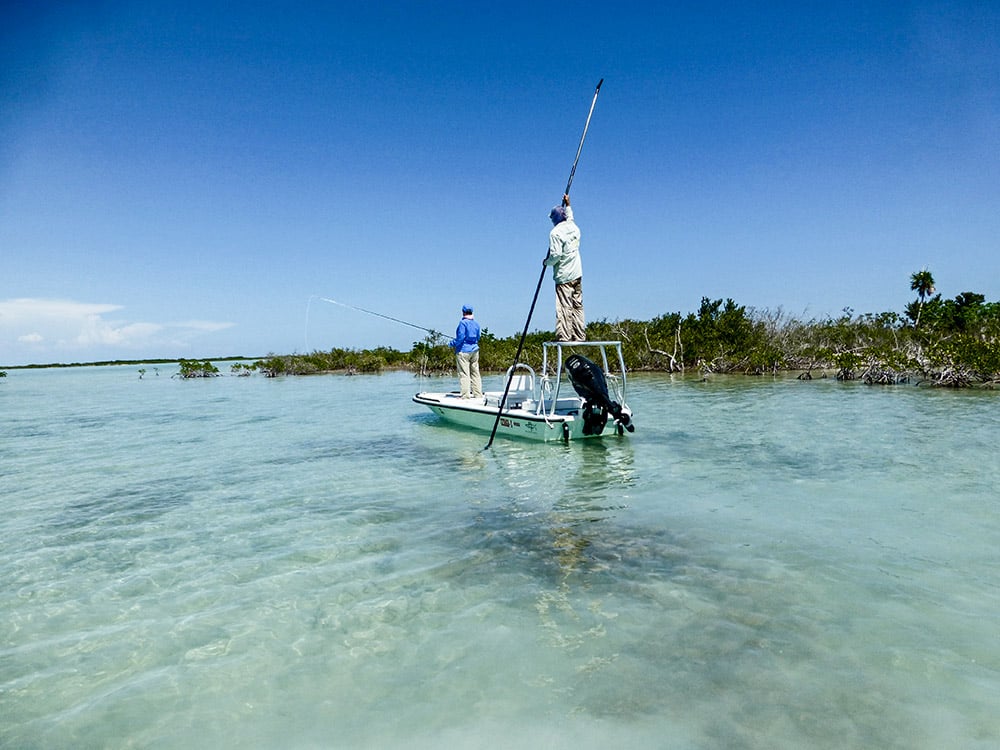
Know Your Boat’s Limitations
Do you know how much water it takes to float your boat with you, your crew and gear on board? Do you know your boat’s range? And, can it handle a chop in open water? If your boat drafts more than 12 inches, there’s no point chasing tailing bonefish or redfish as they move up a flat with the incoming tide. You also would be wise to avoid venturing far from the nearest channel when you’re in two feet of water and the tide is falling fast.
Fuel consumption is one of the features of today’s smart gauges. Check your fuel burn at a reasonable cruising speed, then multiply it by the gallons of fuel in your boat’s tank to estimate your range. If your boat’s bottom is pretty flat, navigating deep, open water in other than smooth conditions will be uncomfortable or even unsafe, so don’t include risky inlet crossings and expanses of open water in your game plan. Chart protected paths to and from intended fishing spots.
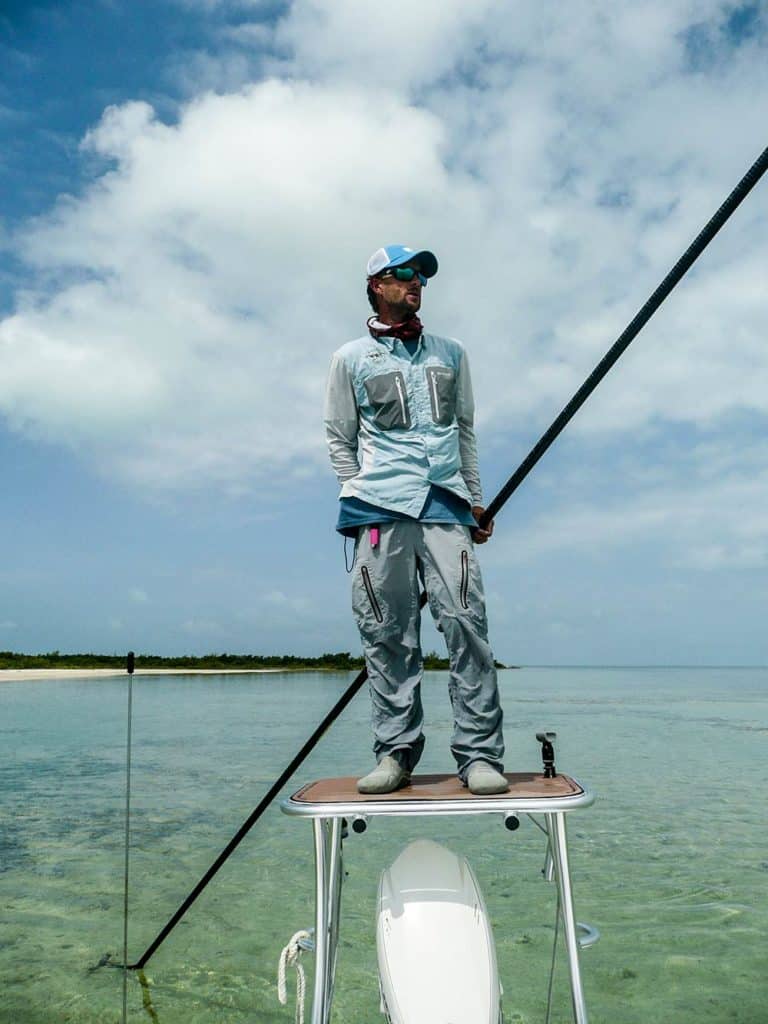
Embrace Stealth
Sound travels over four times faster through water than air, so its imperative to be as quiet as possible to sneak up on fish. Move about the boat gingerly. Avoid dropping things on the deck, or slamming hatches, coolers and tackle boxes, keep your voice down and turn off the stereo. In skinny water, hull slap and the sound of a trolling motor also spook fish. So propel the boat with a push pole, or drift. If you must use a trolling motor, run it at low speed, shut it down before you get within casting range, and coast the rest of the way. Use a Power-Pole or stakeout pin to hold the boat in place while waiting for fish to come to you.
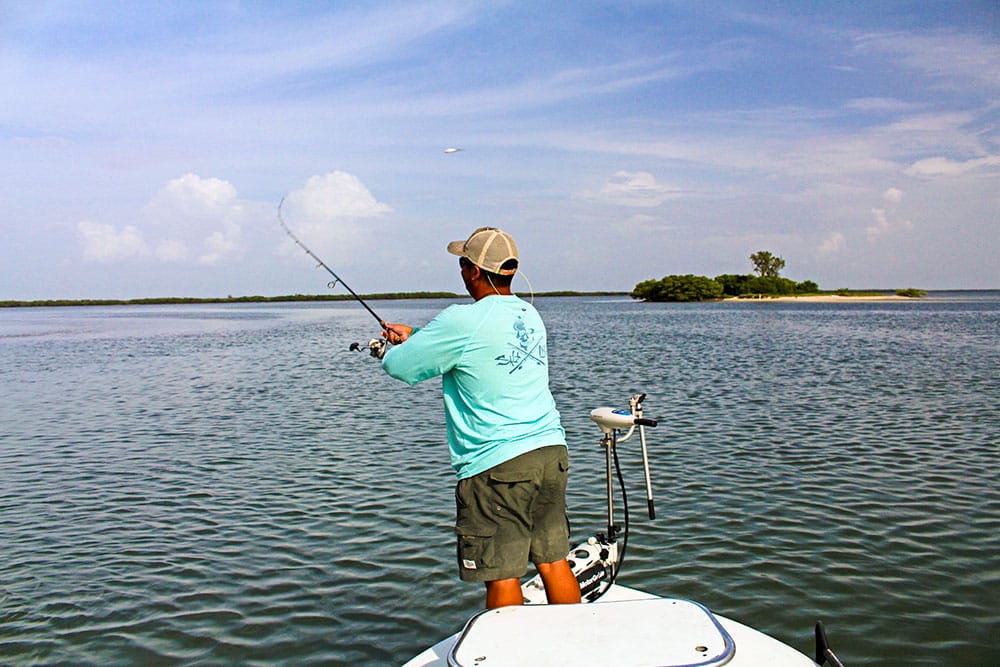
Practice Casting
The more you practice casting at a target from different angles and distances, the more likely you are to make an accurate shot when it counts. Practice when it’s windy and when it’s not, using the various lures you’d use on the water. Fine-tune your casts, short and long, to create the least amount of splash. Feathering the spool of the reel just before the lure hits the surface helps accomplish said goal.
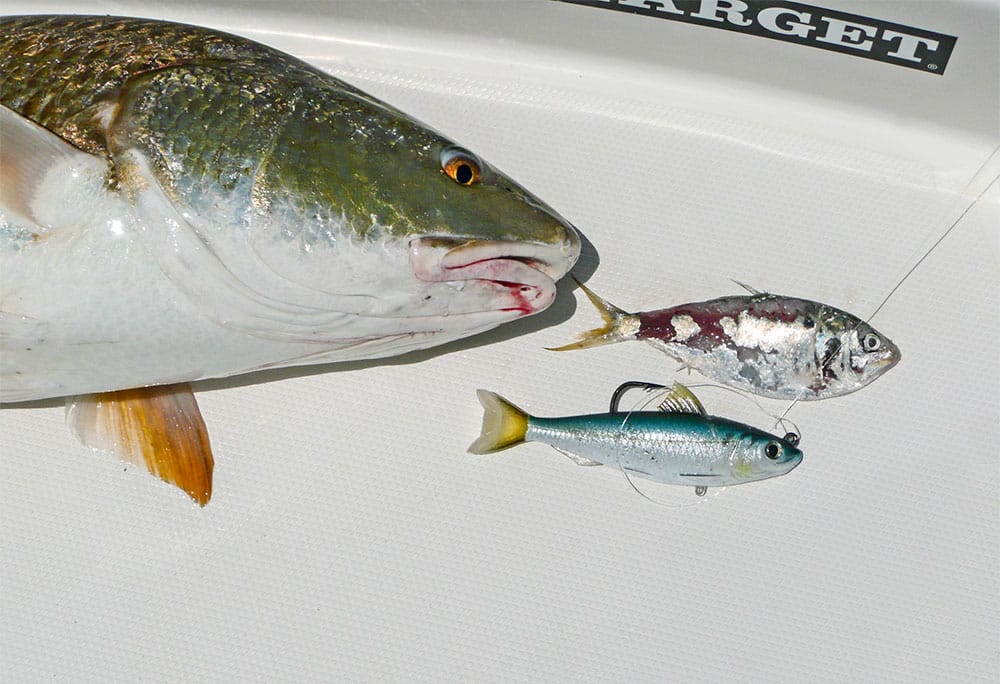
Don’t Rely On Live Bait
Relying on live bait limits your fishing. A faulty pump or electrical connection could kill the aeration in your livewell and with it your bait supply. Tainted water at a marina may contaminate your well causing the same result. Often liveys are hard to come by. You can blow half your day looking for bait, purchase live shrimp or frozen bait, or simply use artificials, the most versatile alternative, and learn to use them properly.
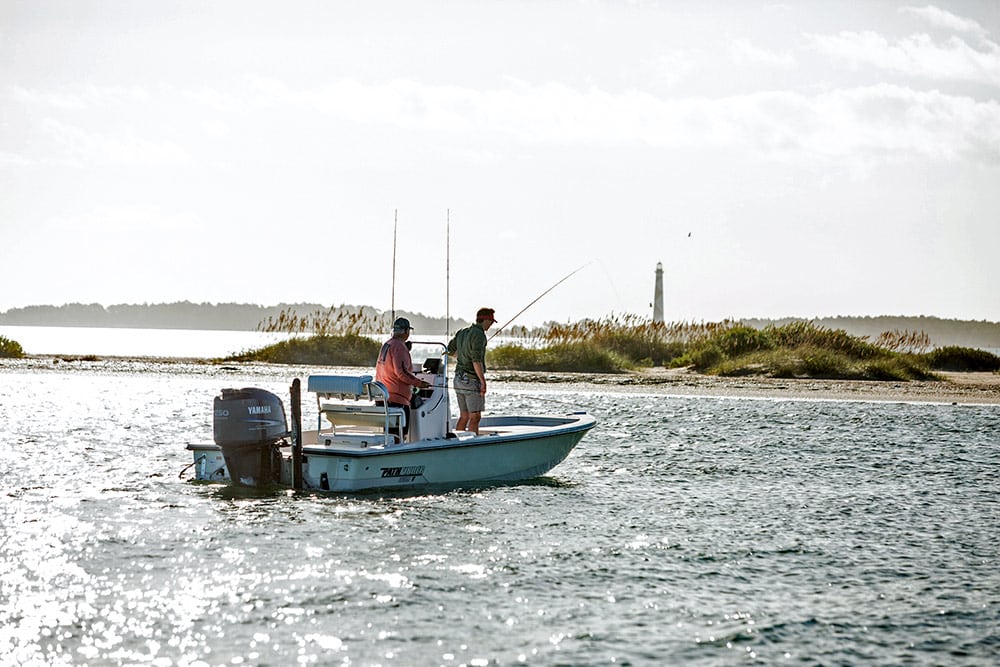
Plan Your Itinerary
Research before every outing improves your chances. Check the tides, then the weather forecast for hourly rain and thunderstorm chances and changes in wind speed and direction. Use that information to plan where to go and when, taking into account travel time from one spot to the next. And since the weatherman is not always right, and fish don’t always show up when you expect them to, give yourself some options in case you need to go to Plan B or C.
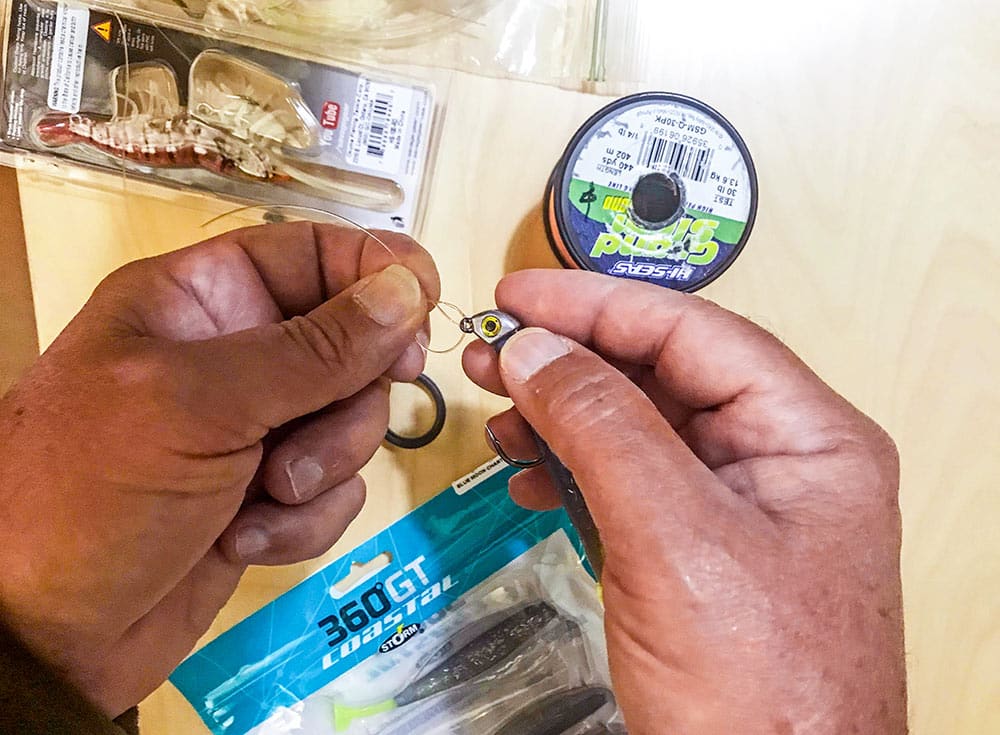
Learn Essential Knots
It’s unnecessary to learn a bunch of intricate connections, so long as you know a handful of strong, reliable knots to affix a leader to the main line, and the leader to a hook or lure. Practice until you tie each properly, quickly, and reliably.
A clinch or a uni knot is sufficient to tie on a hook or lure. If it requires additional freedom of movement, use a non-slip loop knot. I connect braid to a mono or fluorocarbon leader with a J knot, a variation on the double-uni that replaces one of the uni knots with a clinch knot. With heavier lines and leaders for tarpon or sharks, try the slim beauty knot, which remains small enough in diameter to go through the rod guides easily during the cast.









